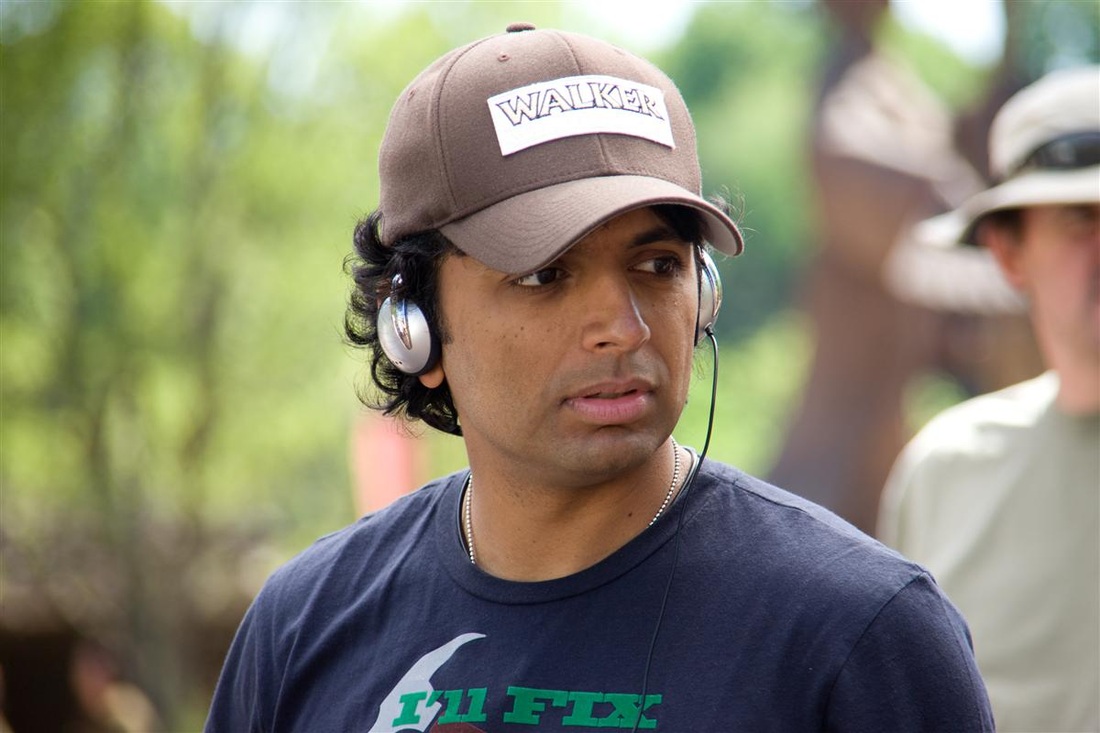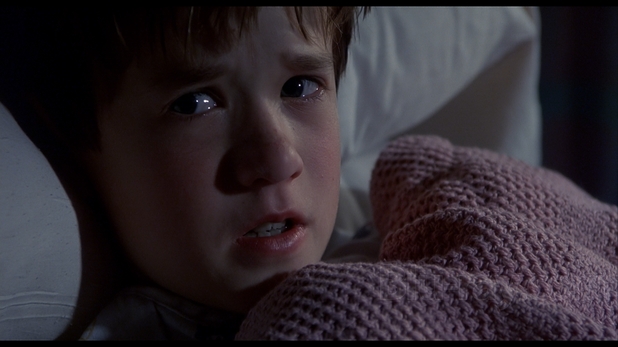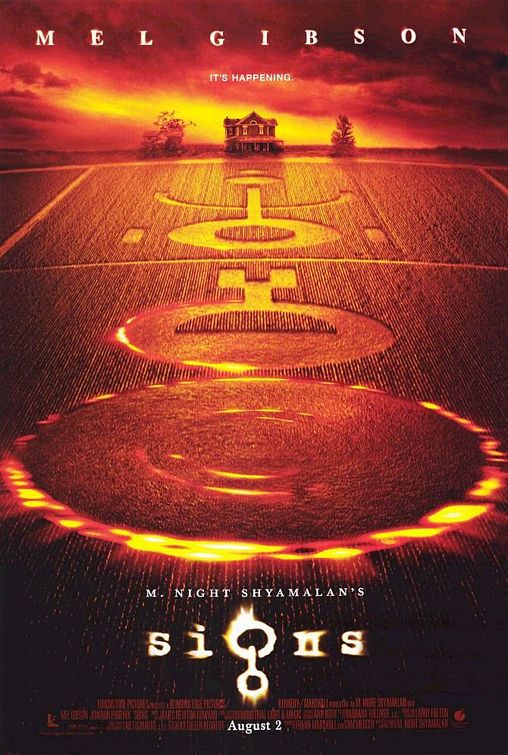Shyamalan was born on August 6, 1970 in Mahe, Pondicherry, India. While he was still a boy, his family moved from India to the United States, settling in the suburbs of Philadelphia (Biography Channel). A son of two doctors, Shyamalan developed a strong interest in filmmaking at only 8 years old when he was given a Super-8 camera. By the time he was fifteen years old, he had made about 45 short films.
Despite being raised a Hindu, Shyamalan went to a private Catholic school in his early education years, and then to Philadelphia’s Episcopal Academy. After high school, he studied film at New York University’s Tisch School of the Arts. By the time he graduated from NYU in 1993, he had already completed his first feature-length film, Praying With Anger. The film, which he wrote, directed, and starred in, was a semi-autobiographical story of an Indian-American who travels back to India to attend college. Unfortunately, the film didn’t gain the attention of many audiences or critics, partly because of its low-budget and independent nature.
After the failed project Labor of Love , Shyamalan was able to sell the screenplay for Wide Awake (1998) to the independent studio Miramax for about $250,000, given the conditions that he direct and the film be shot in Philadelphia. The film received decent reviews from critics, but failed to gain the attention of audiences (Biography Channel).
It was finally in 1999, on his third directorial effort, that M. Night Shyamalan’s big break came in The Sixth Sense. The supernatural thriller, which was also written by Shyamalan, starred Bruce Willis and Haley Joel Osment. The film focused on a disturbed young boy (Osment) possessing a “sixth sense” to see dead people. The film received mass critical acclaim and was a box office hit. Bringing in over $26 million in its opening weekend, The Sixth Sense went on to garner over $600 million worldwide by 2000 (IMDB and Biography Channel). It was nominated for 6 Oscars (including Best Picture) and gave Shyamalan two Oscar nominations (Best Director and Best Writing). The film’s ending remains widely regarded as one of the biggest twist endings in the history of film.
Following the disappointment of The Last Airbender, Shyamalan returned to the Science-Fiction genre with After Earth, a film starring Will Smith and his son Jaden Smith as a father and son who crash land on a future, apocalyptic Earth where all living things have evolved to kill humans. Once again Shyamalan’s film was negatively received by critics and audiences, mostly due to its poor pacing and predictability.
In conclusion, M. Night Shyamalan’s career has fallen as much as it had risen. He achieved global acclaim for The Sixth Sense and had moderate successes with Unbreakable and Signs. Since then, however, his career has been in a seemingly unending tailspin. What began as a once very bright and promising career has deteriorated and faded into blackness. But, at only 44 years old, there is certainly time for the once famed director to bounce back. The only remaining question is, “When?”
Personal Life
Director Trademarks
Works Cited
“M. Night Shyamalan.” The Biography Channel. 2014. 25 Sep. 2014. <http://www.biography.com/people/m-night-shyamalan-9542296#personal-life>.





 RSS Feed
RSS Feed
